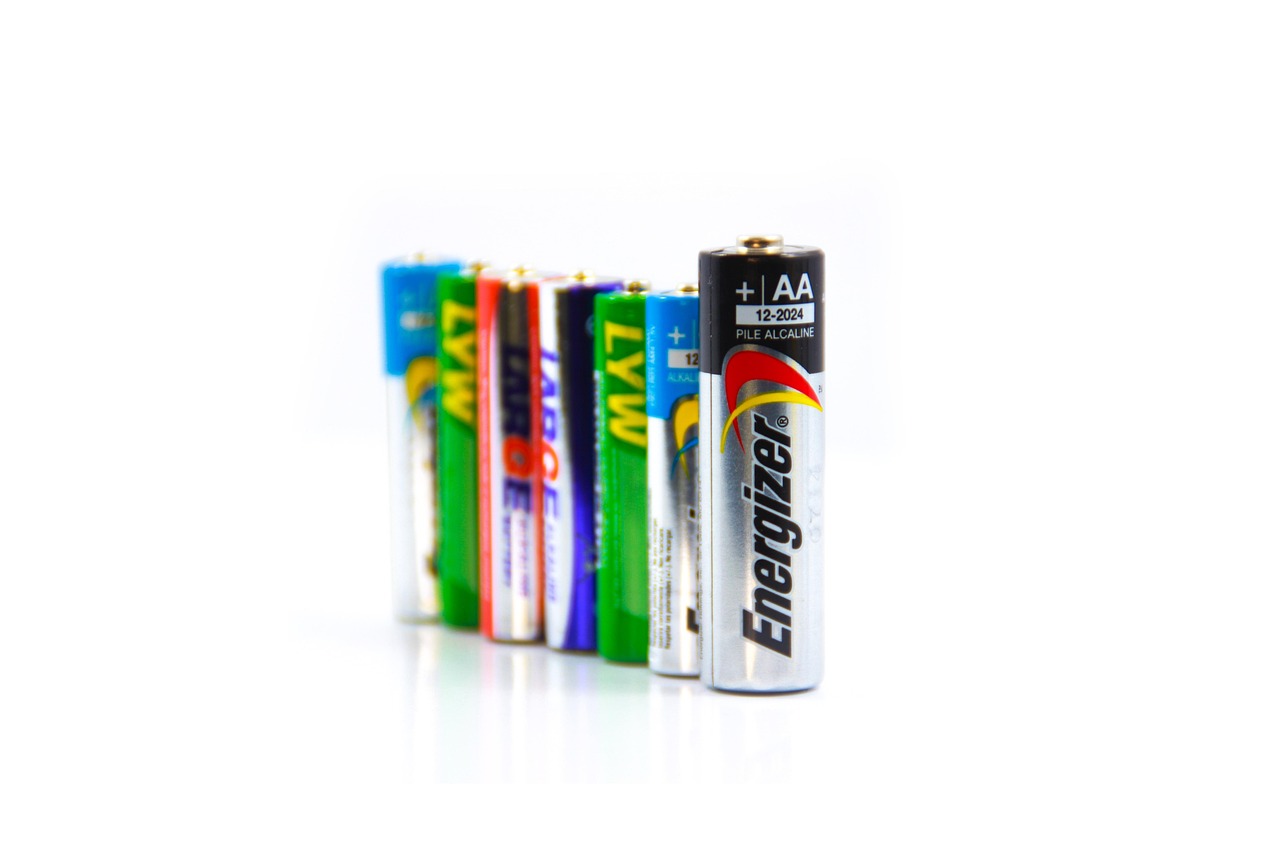The German Battery Act (BattG) has long governed how batteries are placed on the German market, focusing on registration, take-back, and recycling obligations. However, the new EU Battery Regulation introduces a broader, more ambitious compliance framework across all EU member states. Understanding the differences and upcoming requirements is essential for manufacturers planning cross-border sales.
Overview of Both Regulations
BattG national scope
BattG applies to batteries placed on the German market, requiring manufacturers, importers, and distributors to register, label products, and participate in approved recycling systems.
EU Battery Regulation regional scope
The EU Battery Regulation creates a harmonized compliance standard across all EU countries, reducing fragmented national rules and supporting circular-economy goals.
Key Differences
Carbon footprint declarations
Under the EU rules, certain batteries must disclose lifecycle carbon footprints, becoming a benchmark for sustainability and enabling fair market comparison.
Supply chain due diligence
Manufacturers must identify and mitigate environmental and human-rights risks in their supply chain—especially regarding raw material sourcing.
New Requirements Under EU Regulation
QR code labeling
Products will require a scannable QR code linking to detailed battery information such as chemistry, capacity, and recycling instructions.
Documentation transparency
Comprehensive digital documentation will standardize data sharing between stakeholders, improving traceability and end-of-life handling.
Implementation Timeline
Transitional phases
The regulation phases in gradually over several years, with early deadlines for labeling and longer timelines for supply chain auditing and carbon reporting.
Impact on Manufacturers
Design and sourcing changes
Manufacturers may need to redesign batteries to improve recyclability, select more sustainable materials, and evaluate suppliers with higher scrutiny.
How to Prepare
Compliance roadmap
Businesses should map supply chains, update labeling workflows, establish digital documentation systems, and consider external compliance partners. You can also contact us to customize a full-process EPR compliance solution for your business.
FAQ
Do BattG obligations remain?
Yes—BattG still applies nationally alongside the EU regulation.
Is registration still required?
Registration remains mandatory in each relevant market.
Strategic Consulting CTA
Uncertain about your compliance path? Our experts provide customized regulatory guidance, supply-chain assessments, and implementation support to help you transition smoothly under both BattG and the EU Battery Regulation. Contact us for a tailored roadmap.











